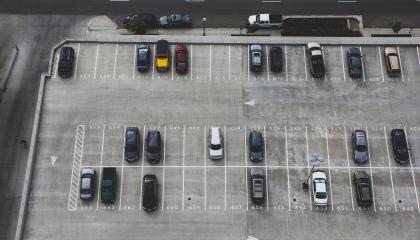To make the world more accessible, the ADA established a certain list of reasonable accommodation that businesses, organizations, and companies can do to better serve individuals with disabilities. Reasonable accommodation opens the world to everyone.
Legally, a reasonable accommodation refers to an adaptation to a job, such as day-to-day job tasks or modified work environment, that allows a qualified individual with a disability to work. An accommodation is considered “reasonable” if it doesn’t cause an unreasonable amount of work or money to make happen.














